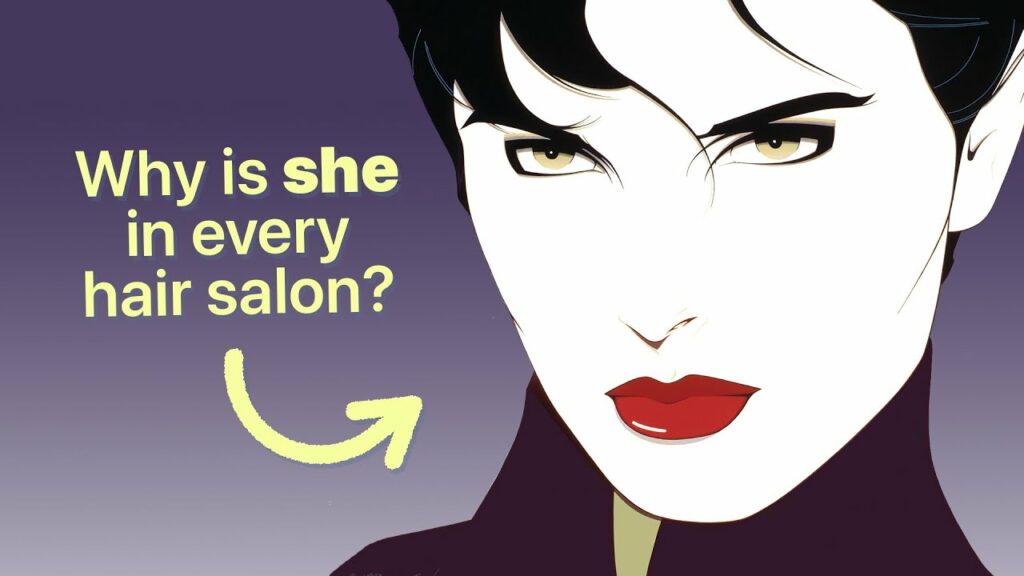To find a visual definition of the nineteen-eighties, you need look no further than the windows of the nearest run-down hair or nail salon. There, “faded by time and years of sun damage,” remain on makeshift display the most widely recognized works of — or imitations of the works of — artist and illustrator Patrick Nagel, who specialized in images of women with “sleek black hair, paper-white skin, bold red lipstick and a look of mystery, power, and cool detachment.” So says Evan Puschak, better known as the Nerdwriter, in his new video essay above on the sudden rise and lasting cultural legacy of the “Nagel women.”
As Puschak tells the story, the figure responsible for launching Nagel and his women into the zeitgeist was publisher Karl Bornstein, who “had been in Europe admiring the work of Toulouse-Lautrec and Pierre Bonnard, Parisian poster artists of the late nineteenth century, and came back to America looking for an artist of his own time when Nagel walked into his life.”
Around this same time, “the manager of the English new-wave band Duran Duran saw Nagel’s work in Playboy, and commissioned a picture for the cover of their 1982 album Rio” — which, apart from all those salon windows, gave most of us our first look at a Nagel woman.
These and other pop-cultural associations “helped to cement the Nagel woman as an emblem of the decade.” For years after Nagel’s death in 1984, his “chic, fashionable, independent” women continued to serve as “aspirational images,” but eventually, amid market saturation and changing sensibilities, their bold look of glamor and professionalism began to seem tacky. Nevertheless, rediscovery always follows desuetude, and sufficient distance from the actual eighties has allowed us to appreciate Nagel’s technique. “Day by day, little by little, Nagel removed details until he arrived at the fewest number of lines that would still capture the spirit of his models,” using rigorous minimalism to evoke — and forever crystallize — a time of brazen excess.
Related content:
How Art Nouveau Inspired the Psychedelic Designs of the 1960s
Download 2,000 Magnificent Turn-of-the-Century Art Posters, Courtesy of the New York Public Library
Based in Seoul, Colin Marshall writes and broadcasts on cities, language, and culture. His projects include the Substack newsletter Books on Cities, the book The Stateless City: a Walk through 21st-Century Los Angeles and the video series The City in Cinema. Follow him on Twitter at @colinmarshall or on Facebook.
